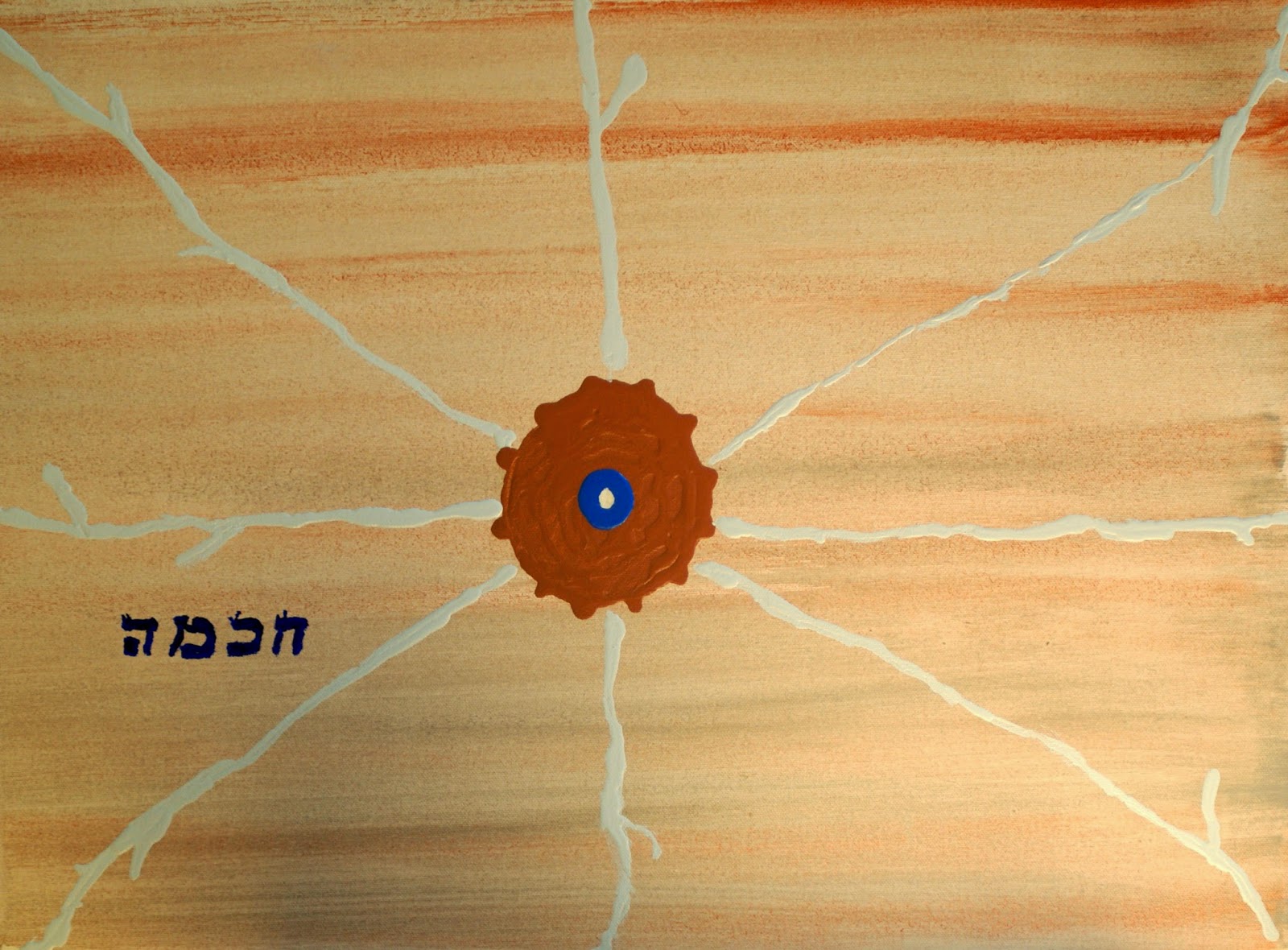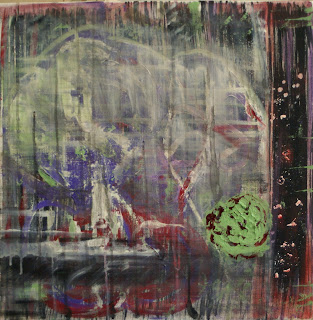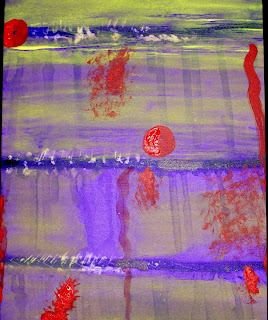Throughout Jewish history, the Kabbalah has been represented in many
ways. Reading about Kabbalah can be a
daunting task, for many of the Kabbalists have tried to cloak its meaning in
ways that ordinary people could not understand – and thus not take it over from
the scholars.
In studying the Kabbalah it became apparent that the concepts of the Kabbalah
Symbols are abstract representations of the steps between a Creator and the
Creation. (Read “Creator” as G-d, Big
Bang, Evolution, Nature, or for non-believers – the destiny of humankind.)
Each
Symbol represents both a specific concept and an abstract idea. Yet the meaning of the Kabbalah has a simple
message: We can make the world better if
we recognize that creating a better world happens if we accept and meld
differences in types of knowledge, types of judgments, types of outcomes, and types of aesthetics. By tolerating these extremes we reduce our
personal egoism and seek increased altruism in ourselves and in others.
When I first started painting in abstract expressionism, I was drawn to
the idea that it is the only form of painting in which the viewer brings his or
her own perceptions and experiences into what is seen. Ask yourself, what do you think and feel when
you see a Rothko color field or a Pollack drip painting? No two people will
have the same answer.
I hope that the viewer of these 10 works will use my expressions of the
Sefirot to interpret each Symbol in your own way and discuss what it means to
you and to others with you.
And I hope that you will be encouraged to read more about Kabbalah and think
of it as a spiritual path to use between your Creations and your
Accomplishments in your life. You will
find it a path to personal happiness, altruistic behavior in your relationships,
and in doing so, a path toward perfecting the world.
This series is made up of 10 works on canvas, 18"x 24". They are executed using acrylic, enamel and gold and silver leaf. The first and last in the series in the represents the creative urge and the outcome. The 8 pairs represent the extremes of types of knowledge, types of judgments, types of outcomes, and types of aesthetics.
These are the original Kabbalist names in Hebrew
Keter [crown,
will, oneness of G-D, nothingness (Tsimtsum), ayin (the eye of G-D), Ein-Sof
(no end), Infinity]
Binah (understanding, intuitive,
creative, right brain, spiritual)
Vs.
Chochmah (knowledge, wisdom, beginning,
left brain, rational, physical)
Chesed (love, lenient judgement, kindness, blessing, grace)
Vs.
Gevurah (din, firm judgment, might, severity; power, rigor)
Hod (splendor, personal satisfaction, majesty, prophesy)
Vs.
Netzach (victory, endurance, eternity)
Tiferet (wealth; beauty, compassion, harmony)
Vs.
Yesod (foundation, righteousness, covenant)
.
And by navigating these extremes the creation results in:
Malchut (G-D’s kingdom, presence, communion of Israel, perfection of the world, end of egoism, end of war, end of despoliation of the planet, personal happiness


































 Saris at the Taj Mahal
Saris at the Taj Mahal


 Saris at the Milk Market
Saris at the Milk Market






 Under The Boardwalk
Under The Boardwalk

